Learn about the standards for translated content in DOE and EERE communications.
Communication Standards and Guidelines
September 12, 2024Notifications about changes made to the U.S. Department of Energy (DOE) Office of Energy Efficiency and Renewable Energy's (EERE's) communications standards are posted regularly, highlighting the latest updates to the EERE Communications Standards and Guidelines website and important pages to note.
Today, we're looking at requirements and best practices for translated content on DOE and EERE websites. Translated content is becoming a larger part of communications plans, and it's important to take several things into consideration when planning and creating non-English content.
Translation Considerations
Before creating any piece of content, consider:
- Who needs to know this information.
- Would non-English speaking groups benefit from it.
- Into which languages the content should be translated (even if it's not translated into every language at once).
In accordance with Office of Management and Budget Memorandum M-23-22, Delivering a Digital-First Public Experience, agencies should ensure that websites and digital services are offered in languages that meet the needs of their customers. To do this, you should:
- Write and implement digital content so that users with limited English proficiency can engage with it.
- Prioritize translating or localizing content if a significant portion of the target audience speaks a language other than English.
- Not rely on autotranslation services alone, ensuring a competent human translator has checked the content for accuracy and cultural contexts before posting.
- Ensure translated content still complies with Section 508 accessibility requirements and the Plain Writing Act of 2010, as well as any other DOE and EERE standards.
Best Practices and Requirements
Follow these additional requirements and best practices for translated content on EERE websites. You should:
- Plan updates for both English and non-English-language content when updating content with translated versions.
- Link your translated content with the original English version. Include links at the top of each page to allow users to navigate between versions.
- Example: For a Spanish translation, include "Leer en español" at the top, linking to the Spanish translation, and, in turn, include "Read in English" at the top of the Spanish translation, linking to the English version.
- Link to content in the same language as your translated version if it is available or indicate that the link will take the user to content in a different language.
- Not tag translated articles at the EERE level to appear in newsfeeds.
- Avoid colloquialisms and culturally adapt the voice and tone of your content into other languages.
- Double check any images you plan to use to ensure they have the same meaning in other cultures.
- Translate image captions and alt text into other languages (by overriding these sections in the media block of the website).
Questions?
If you have any questions or suggestions related to communications standards, please email the EERE Comms Standards Team.
Get the latest updates and highlights about EERE communications standards and guidelines.
Communication Standards Updates
-
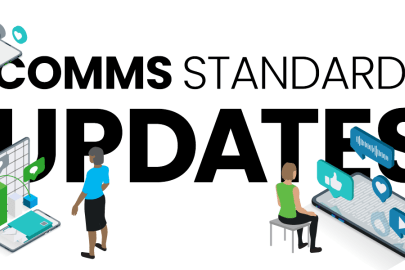 Learn about new guidance around financial assistance awards, particularly notices of funding opportunities (NOFOs).
Learn about new guidance around financial assistance awards, particularly notices of funding opportunities (NOFOs). -
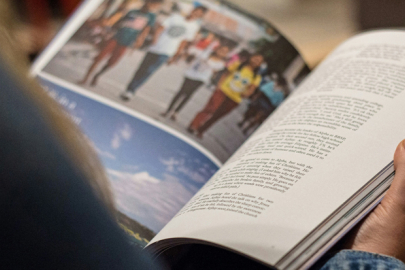 EERE maintains standards for any publications produced by the office or its tech offices.
EERE maintains standards for any publications produced by the office or its tech offices. -
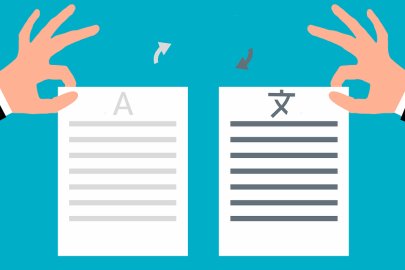 Learn about the standards for translated content in DOE and EERE communications.
Learn about the standards for translated content in DOE and EERE communications. -
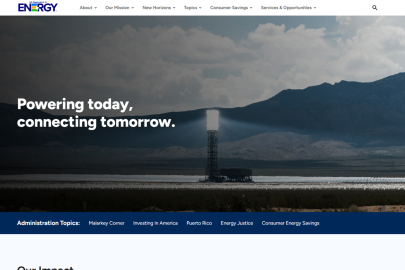 Information on updates to EERE's Web Governance Team (WGT) and Product Governance Team (PGT).
Information on updates to EERE's Web Governance Team (WGT) and Product Governance Team (PGT). -
 Learn about standards and resources provided for EERE awardees to help them build awareness of their work.
Learn about standards and resources provided for EERE awardees to help them build awareness of their work. -
 Learn more about the best practices and guidelines to improve search engine optimization in EERE web content.
Learn more about the best practices and guidelines to improve search engine optimization in EERE web content. -
 Find out about the latest updates to web content maintenance standards, as well as the different types of content governance.
Find out about the latest updates to web content maintenance standards, as well as the different types of content governance. -
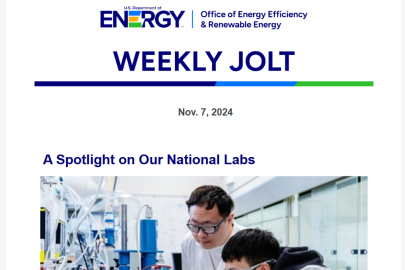 EERE has several guidelines and best practices related to email marketing and distribution lists.
EERE has several guidelines and best practices related to email marketing and distribution lists. -
 Learn about the latest updates to EERE's Style Guide!
Learn about the latest updates to EERE's Style Guide! -
 Updates to EERE's social media policies and strategy.
Updates to EERE's social media policies and strategy.

